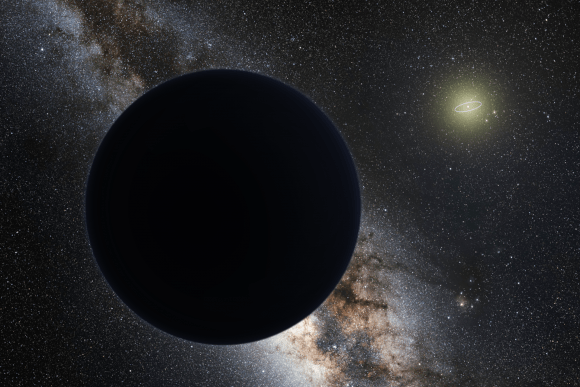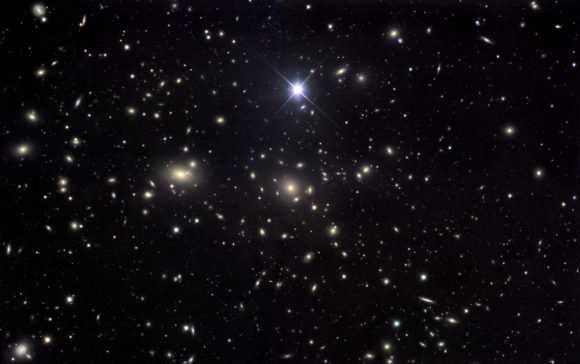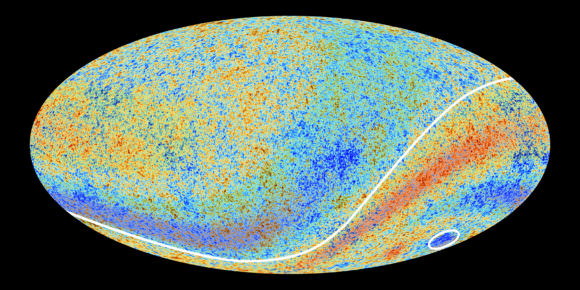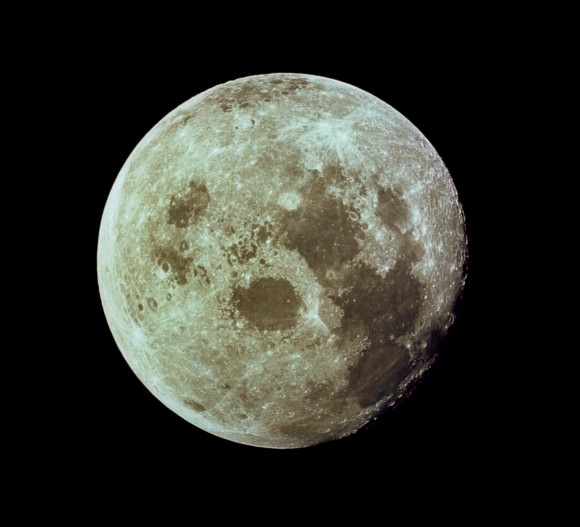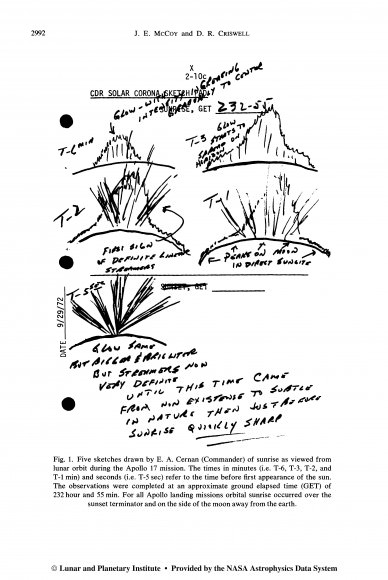In a previous episode, I said that traveling within the Solar System is hard enough, traveling to another star system in our lifetime is downright impossible. Many of you said it was the most depressing episode I’ve ever done .
The distance to Pluto is, on average, about 40 astronomical units. That’s 40 times the distance from the Sun to the Earth. And New Horizons, the fastest spacecraft traveling in the Solar System took about 10 years to make the journey.
The distance to Alpha Centauri is about 277,000 astronomical units away (or 4.4 light-years). That’s about 7,000 times further than Pluto. New Horizons could make the journey, if you were willing to wait about 70,000 years. That’s about twice as long as you’d be willing to wait for Half Life 3.
But my video clearly made an impact on a plucky team of rocket scientists, entrepreneurs and physicists, who have no room in their personal dictionary for the word “impossible”. Challenge accepted, they said to themselves.
In early April, 2016, just 8 months after I said it was probably never going to happen, the billionaire Yuri Milner and famed physicist Stephen Hawking announced a strategy to send a spacecraft to another star within our lifetime. In your face Fraser, they said… in your face.
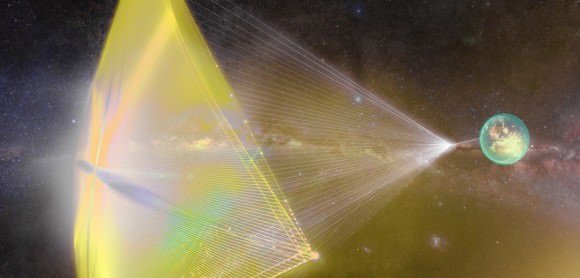
The project will be called Breakthrough Starshot, and it’s led by Pete Worden, the former director of NASA’s AMES Research Center – the people working on a warp drive.
The team announced that they’re spending $100 million to investigate the technology it’ll take to send a spacecraft to Alpha Centauri, making the trip in just 20 years. And by doing so, they might just revolutionize the way spacecraft travel around our own Solar System.
So, what’s the plan? According to their announcement, the team is planning to create teeny tiny lightsail spacecraft, and accelerate them to 20% the speed of light using lasers. Yes, everything’s made better with lasers .
We’ve talked about solar sails in the past, but the gist is that photons of light can impart momentum when they bounce off something. It’s not very much, but if you add a tremendous amount of photons, the impact can be significant. And because those photons are going the speed of light, the maximum speed for the spacecraft, in theory, is just shy of the speed of light (thanks relativity).
You can get those photons from the Sun, but you can also get them from a directed laser beam, designed to fill the sails with photons, without actually melting the spacecraft.
In the past, engineers have talked about solar sails that might be thousands of kilometers across, made of gossamer sheets of reflective fabric. Got that massive, complicated sail in your mind?
Now think smaller. The Starshot spacecraft will measure just a few meters across, with a thickness of just a few atoms. The sail would then pull a microscopic payload of instruments. A tiny chip, capable of gathering data and transmitting information – these are called Starchips. Not even enough room for water bear crew quarters.
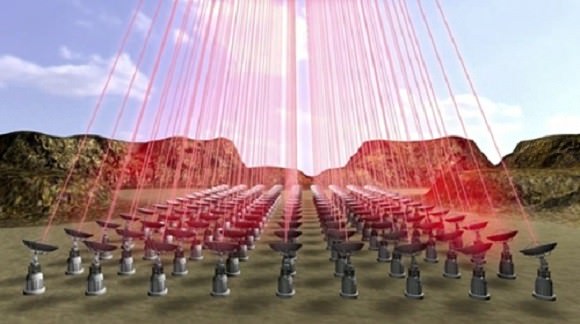
With such a low mass, a powerful laser should be able to accelerate them to 20% the speed of light, almost instantly, making a trip to Alpha Centauri only take about 20 years.
Since each Starshot might only cost a few dollars to make, the company could manufacture thousands and thousands, place them into orbit, and then start bugzapping them off to different stars.
There are, of course, some massive engineering hurdles to overcome.
The first is the density of the interstellar medium. Although it’s almost completely empty in between the stars, there are the occasional dust particles. Normally harmless, the Starshots would be smashing into them at 20% the speed of light, which would be catastrophic.
The second problem is that this is a one-way trip. Once it’s going 20% the speed of light, there’s no way to slow the spacecraft down again (unless the Alpha Centaurans have a braking system in place). Just imagine the motion blur and targeting problems when you’re trying to take photos at relativistic speeds.
The third problem, and this is a big one, is that the miniaturization of the spacecraft means that you can’t have a big transmitter. Communicating across the light years takes a LOT of power. Maybe they’ll connect up into some kind of array and share the power requirement, or use lasers to communicate back. Maybe they’ll relay the data back like a Voltron daisy chain.
Even though the idea of traveling to another star might seem overly ambitious today, this technology actually makes a lot of sense for exploration in our own Solar System. We could bugzap little spacecraft to Venus, Mars, the outer planets and their moons – even deep into the Kuiper Belt and the totally unexplored Oort cloud. We could have this whole Solar System on exploration lockdown in just a few decades.
Even if a mission to Alpha Centauri is currently science fiction, this miniaturization is going to be the way we learn more about the Solar System we live in. Let’s get going!






![A predicted consequence of Planet Nine is that a second set of confined objects should also exist. These objects are forced into positions at right angles to Planet Nine and into orbits that are perpendicular to the plane of the solar system. Five known objects (blue) fit this prediction precisely. Credit: Caltech/R. Hurt (IPAC) [Diagram was created using WorldWide Telescope.]](https://www.universetoday.com/wp-content/uploads/2016/01/p9_kbo_extras_orbits_2_1-580x326.jpg)

